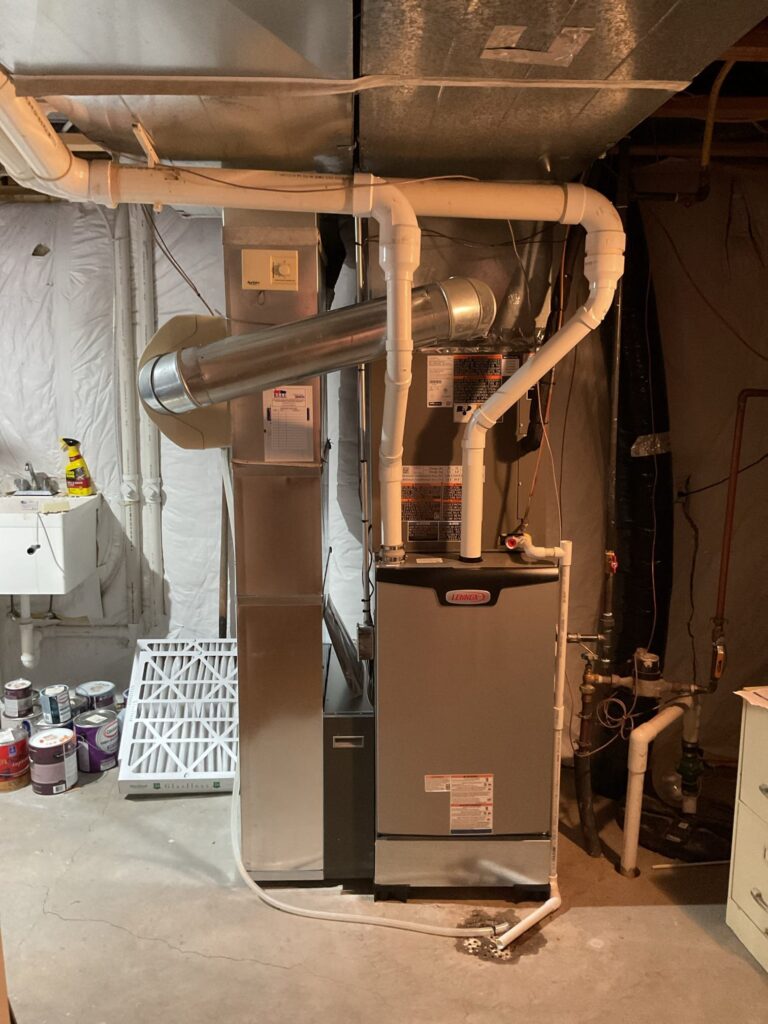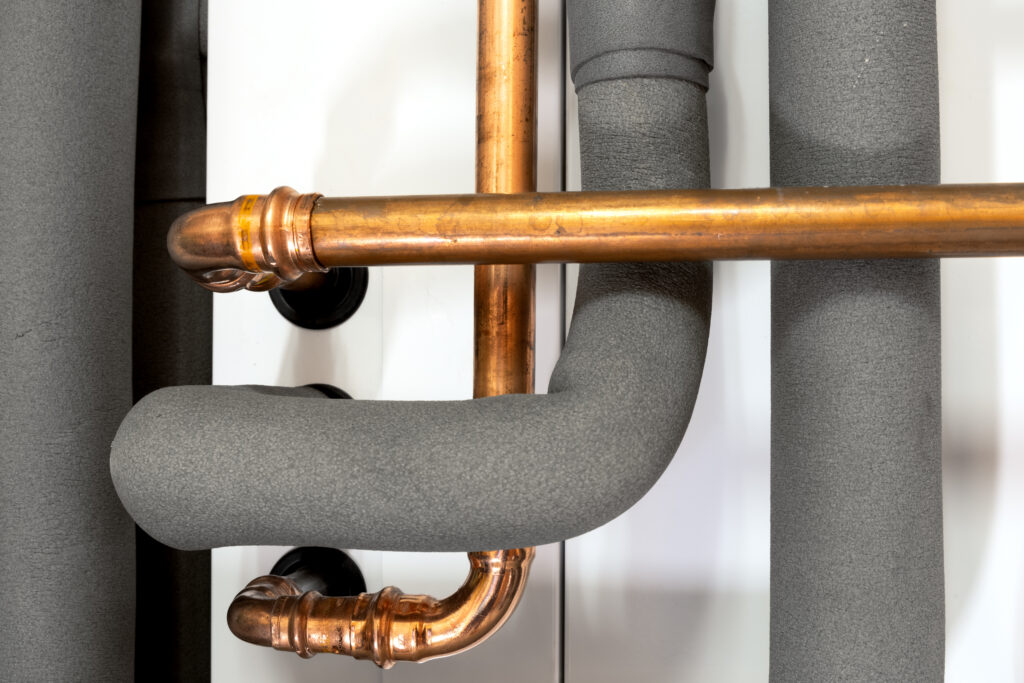

Blog
Troubleshooting Home Humidifier System Problems
It’s winter in Iowa and that means dry air. Low humidity levels are often the culprit for indoor discomfort this time of year and can cause several issues, including but not limited to:
- Itchy, dry skin and/or eyes
- Scratchy throat
- Chapped lips
- Nose bleeds
- Static electricity or flyaway hair
- Splitting hardwood floors
There are a number of ways to combat low humidity levels. One way is to check your windows and doors for leaks and seal them. There are also some simple DIY humidification tricks you can use, like showering with the door open to allow moisture to escape into the home, boiling water on the stove, and more.
Read More: Combatting Dry Air In Your House This Winter
But the most effective way to manage the humidity level in your home is with a centralized humidifier. Whole-house (central) humidifiers are connected to your home’s hot air ducts and cold air returns and disperse moisture into the air. They can work with your HVAC system or independently and offer a number of benefits, including:
- Energy and money savings
- Decreased chance of colds, flu and respiratory illness
- Support for people with allergies or asthma
Frequently Asked Questions About Centralized Humidifiers
If you’re new to whole-home centralized humidifiers, you may have some questions about how they work. See below for a few of the most common questions I receive from customers.
Centralized Humidifiers Provide Essential In-Home Comfort
Managing humidity levels in your home during every season is important for comfort, health and keeping the atmosphere balanced.
Frequently Asked Questions
Yes. If you’re monitoring your in-home humidity with a humidistat, it is safe to let your humidifier run 24/7. A relative humidity rate between 30% and 40% is recommended in the winter. If your humidity level is outside that range, you may need to adjust the settings on your humidistat.
There are a couple of ways to determine this. First, when the humidifier turns on, you should hear an audible click and the sound of the fan starting up. You can also check to make sure water is flowing through the drain tube and out through the bottom toward the drain.
This could happen because the humidistat is not set correctly or because it is not working properly. To check, set your humidistat to the highest setting and listen for the click. If you don’t hear a click, this indicates that the electrical contacts inside the humidistat aren’t closing.
If you do hear a click but the humidifier still won’t fill with water, it probably means that another part is defective.








